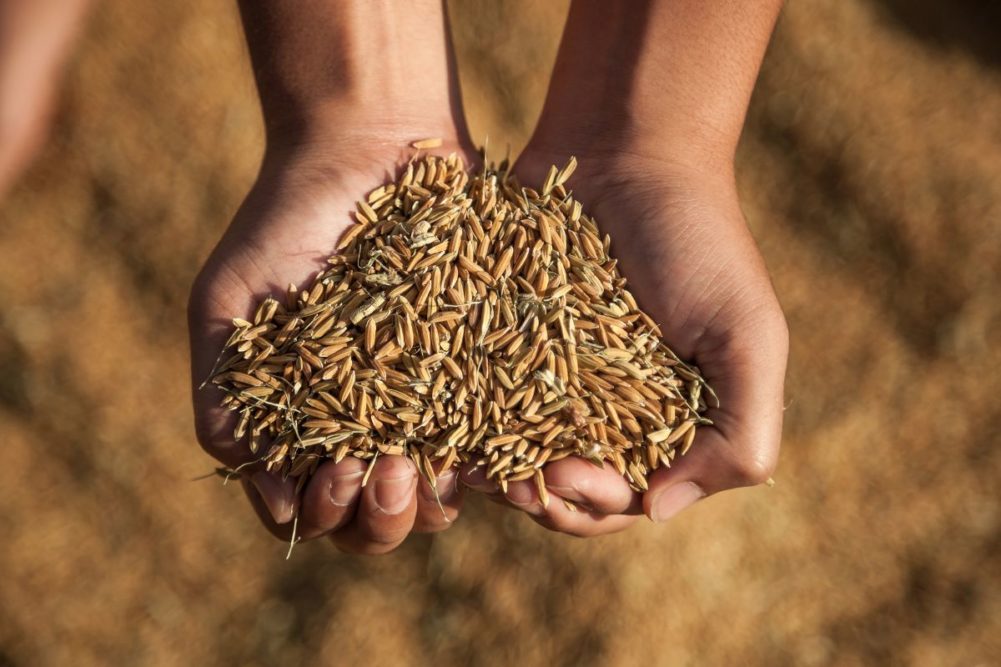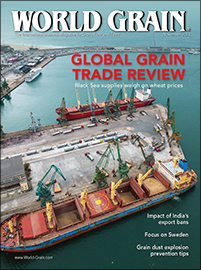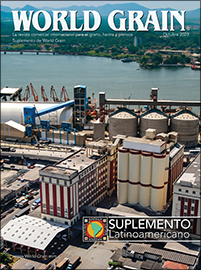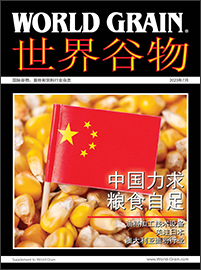NEW DELHI, INDIA — Mankombu Sambasivan Swaminathan, one of the architects of India’s “green revolution” in the 1960s, died on Sept. 27 at the age of 98.
Swaminathan played an important role in revolutionizing industrial farming in India by making plant breeding improvements and utilizing irrigation and fertilizers, helping the heavily populated country gain self-sufficiency in food, and reducing its food insecurity.
The renowned agriculturalist helped low-income farmers make massive increases in yields and overall production, particularly in wheat and rice. Today, India is the world’s second-leading wheat and rice producer behind China.
The increased production is needed as India recently surpassed China as having the world’s largest population.
Swaminathan collaborated with legendary US agronomist and Nobel Peace Prize winner Norman Borlaug in developing methods to improve agricultural production.
In the middle part of the 20th century, India was plagued by widespread food shortages and depended heavily on foreign aid to feed its people. In the 21st century, India has not imported any rice and typically imports less than 100,000 tonnes of wheat per year.
Swaminathan, who was named by Time magazine as one of the 20 most influential Asians of the 20th century, served in various agricultural research institutes and later became a lawmaker in India’s upper house of parliament.
Tributes poured in for Swaminathan following the announcement of his death.
“At a very critical period in our nation’s history, his groundbreaking work in agriculture transformed the lives of millions and ensured food security for our nation,” Indian Prime Minister Narendra Modi wrote on X, formerly Twitter. “His passion to see India progress was exemplary.”




